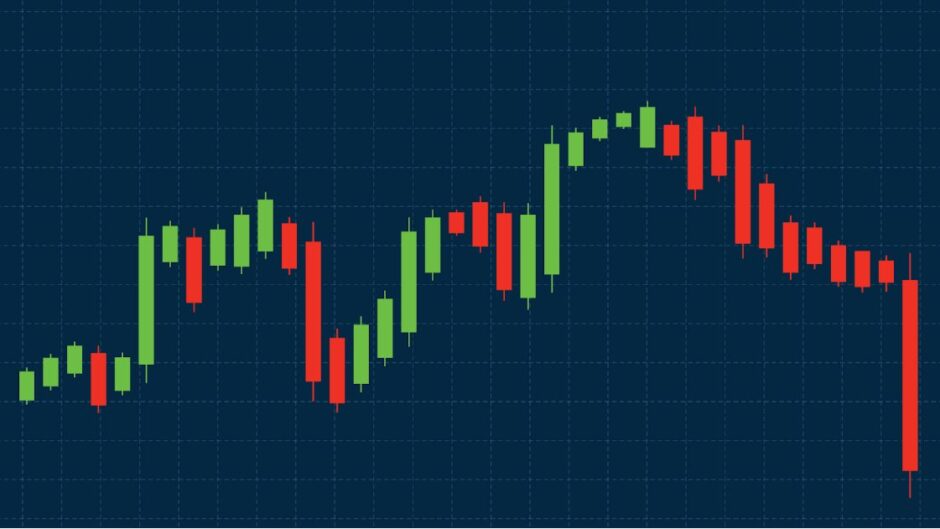Redefining Retail Trading: The Rise of Prop Firms in the Forex Space

Source: Freepik
Prop firms have pretty much transformed the trading world. But how did it happen? What factors turned Forex trading from a solo venture to something much bigger and collective? Let’s take a closer look:
The Origin of Prop Firms
The roots of proprietary trading go back to the early days of stock markets, somewhere in the late 20th century. The concept became popular when large banks and financial institutions used their own money to trade stocks, bonds, and other assets to make a profit. Instead of managing other people’s money, they took risks to directly benefit from the Forex market.
With regulatory changes and technological advancements, firms started to offer independent traders a chance to showcase their skills. This was the beginning of modern retail prop firms.
Fast forward to the early 2000s, when the financial crisis led to government regulations. In the U.S., the Dodd-Frank Wall Street Reform and Consumer Protection Act restricted banks from certain kinds of speculative investments. Now, independent prop trading firms began to flourish.
How Prop Firms Operate
As hinted earlier, Forex prop firms provide skilled traders access to company capital. In return, they keep a predetermined percentage of all profits. They keep 10-20% of the profits, while the trader keeps the rest.
Most prop firms like Maven Trading require traders to pass an evaluation challenge before accessing the funds. Think of it as a test account with set rules like hitting profit targets and complying with daily drawdown limits.
Key Features That Attract Traders
Forex prop firms have gained immense popularity due to several unique features. With access to large trading capital, traders can hold high positions without risking a single dollar of their own. Competitive profit-sharing model, most prop firms follow 80/20 or 90/10 models, allowing traders to keep a significant share of their hard-earned profits. Structured evaluation programs give traders a clear path to funding. You can experiment with different risk management strategies and time frames. Educational resources and training, prop firms connect you to industry leaders so you can boost your skills. Stress-free trading, with no financial pressure, you can fully focus on understanding the market and making informed moves.
How Prop Firms Impact the Retail Trading Ecosystem
Prop firms have made retail trading more accessible and less scary. They’re bridging the gaps between skilled traders and the significant capital necessary to gain market exposure. They also offer technological tools and strategies, allowing traders to boost their learning and make consistent profits.
Conclusion
Here’s a truth bomb: Not all prop firms are the same, and choosing the wrong one can incur more losses than profits. Follow these tips when choosing a prop firm. Assess the reputation of a prop firm. Read reviews left by previous traders or third-party sites. Look for funded accounts with scalability. Evaluate challenges and demo phases. Make sure the rules aren’t unrealistic. Choose a prop firm that offers a competitive profit-share model.


